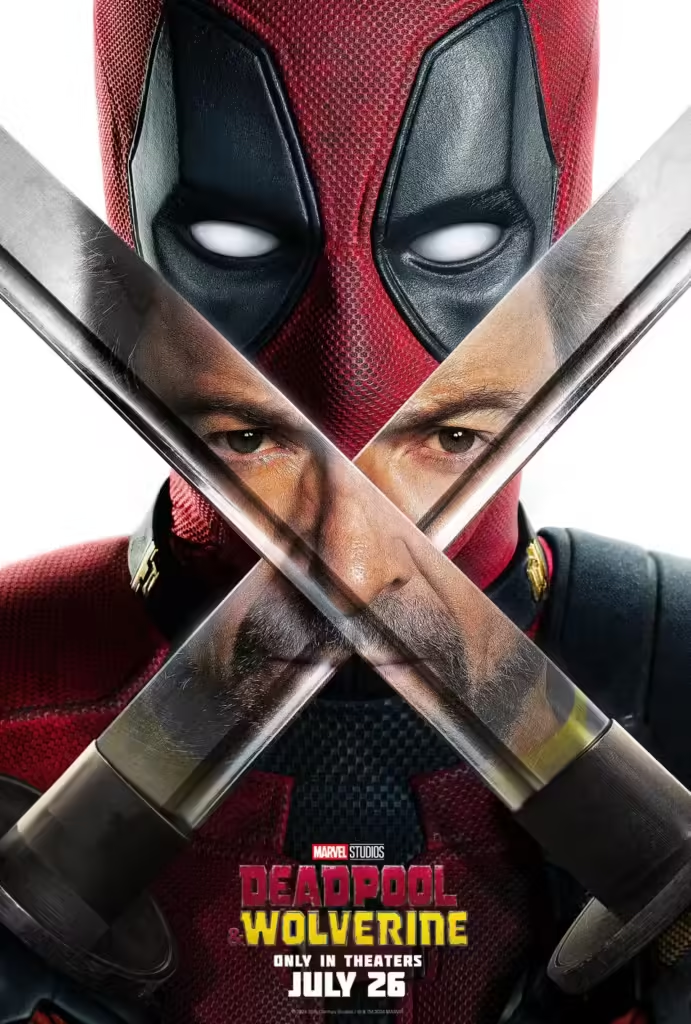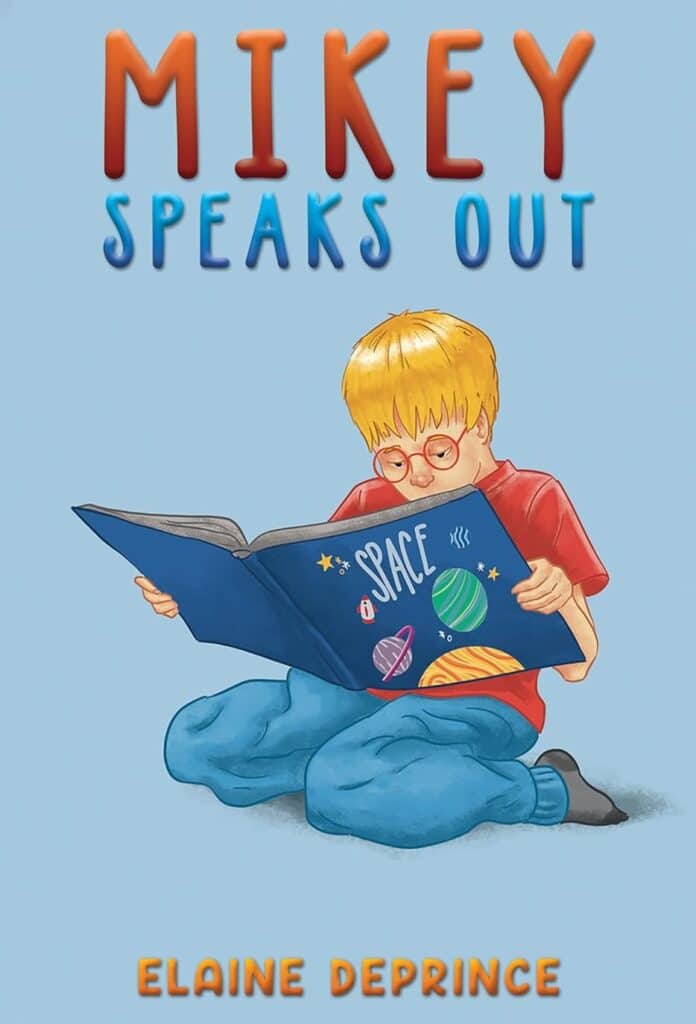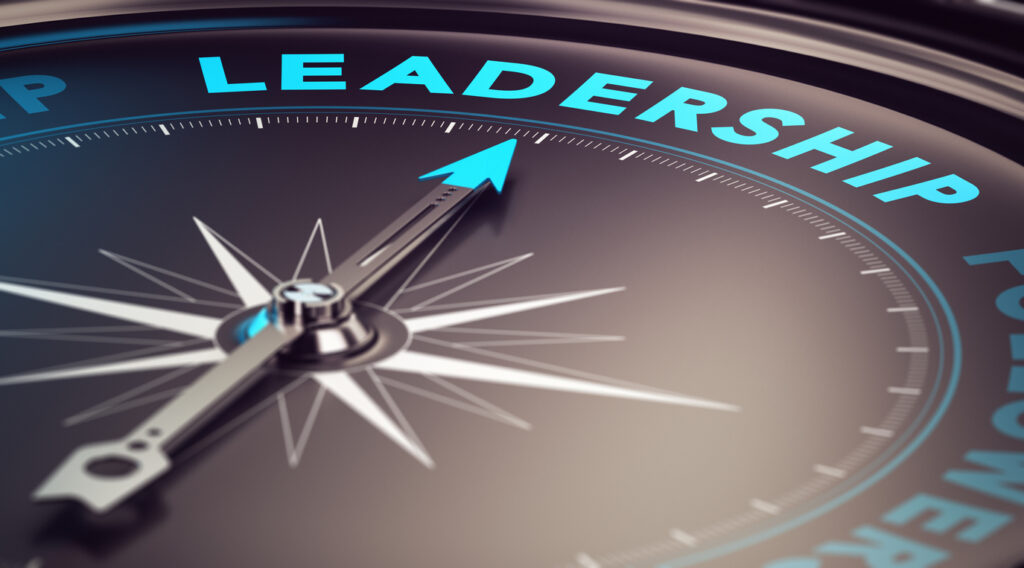Know This Superhero in Hemophilia
This weekend saw a record breaker. Not the heat. Not the Olympics. Not politics. It was the movie Deadpool and Wolverine, which grossed an astounding $205 million for its opening weekend. I confess I adore Deadpool, followed closely by Wolverine. My two favorite superheroes.

Someone on Facebook recently wondered if the newer generation of people with bleeding disorders will remember the superheroes who once broke records during our time: the late 1980s and early 1990s, fighting for justice and compensation from HIV infection in the blood supply. Our world is safer, thanks to them.
Our favorite researcher and archivist from North Carolina, Richard Atwood, shared with me a review of a book by one of our superheroes. Elaine DePrince, someone I met long ago, inspired me with her advocacy and energy. But her personal sacrifices, generosity and compassion reaches new level after reading about this new book, written by Elaine, called Mikey Speaks Out. You’ll see how Elaine welcomed the challenges of raising children with disabilities, even adopting them. The fighting for justice for them, and authoring two books about her experiences. Just incredible.
Richard writes:
Michael-Noah, called Mikey, was the first child born to a 21-year-old mother whose father had hemophilia. Mikey had not only severe hemophilia A, he also was deaf and had a cleft lip and palate. His mother gave Mikey up. He spent months hospitalized for his surgeries and medical issues. Fortunately, there was a hemophilia center located in the hospital. A foster mother in Buffalo, New York sedated Mikey daily with liquid Valium, which slowed his development. When Mikey was eighteen months old, a psychologist diagnosed him with autism, mental retardation, deafness, and blindness.
Charles and Elaine DePrince, from New Jersey, brought Mikey home with them. Elaine was a special education teacher. Mikey now had two older brothers. Mikey acquired a hearing aid, a padded leather helmet, and glasses, all of which were improvements for his senses and protection. At two, he acquired metal leg braces, that allowed him to walk for the first time. He developed bruises from his hemophilia, and began home treatment, rather than having to visit the hospital, for his factor VIII infusions. When he was three, Mikey attended a handicapped pre-school for half-days. Due to poor motor skills, he had trouble using sign language, yet he could read lips quite well. Audiologists could not determine his hearing loss. At age five, Mikey attended a communication handicapped school for two years. His family adopted two younger boys, named Teddy and Cubby, who also had hemophilia A. In 1986, Mikey, not wearing a seat belt, was in a school bus accident. He suffered a severe skull fracture that resulted in partial paralysis, damaged eyes, lost speech, and diabetes insidious.

In 1988, Mikey, Teddy and Cubby all had HIV tests. At age nine, Mikey, who read body cues of an audiologist, left the deaf school after faking some hearing tests. He began home schooling. During a CT test and an audiogram, Mikey was found to be totally deaf due to missing inner ears. His intelligence was not limited; in fact, he was a speed reader. Eventually, Mikey, Teddy and Cubby became sick with AIDS. The Children’s Hospital AIDS Program was 90 miles away. The monetary award from the school bus accident lawsuit helped to purchase an indoor, in-ground swimming pool and an RV. Mikey learned of prejudice, bigotry and hatred from reactions by misinformed adults. Cubby died of AIDS in 1993. The DePrince family helped to feed the homeless in Philadelphia. Mikey acquired measles, and later toxoplasmosis and cytomegalovirus encephalitis, that led to a seizure, a high fever, and eventually his death. Elaine DePrince, his adoptive mother, wrote Cry Bloody Murder (1997) as the legal theory for HIV transmission in hemophilia. At age 51, Elaine enrolled in law school and took part in the wrongful death lawsuits for her adoptive sons. Following Mikey’s wish, Elaine adopted six girls from Africa!
Elaine and Charles had two biological sons and adopted nine children. Sadly, the three adopted sons died of hemophilia and AIDS. Charles died of Parkinson’s disease in 2020. But nothing slowed Elaine down—her newest book is testament to that. To me, she’s a super mom and superhero. I hope our community remembers her.
Order Mikey Speaks Out here.




